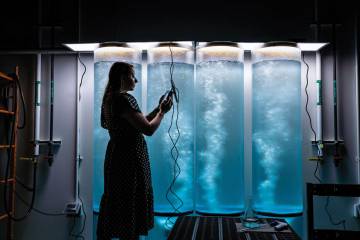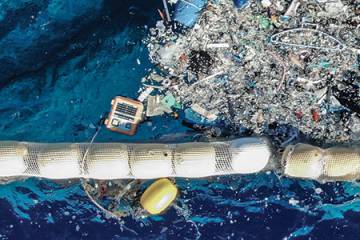Mapping ocean life
Published Summer 2025At APL, a team is developing portable tech to detect ocean species using eDNA. Their goal: real-time, low-cost monitoring to improve shipping lanes, protect marine ecosystems, and more
/ Johns Hopkins Magazine

















